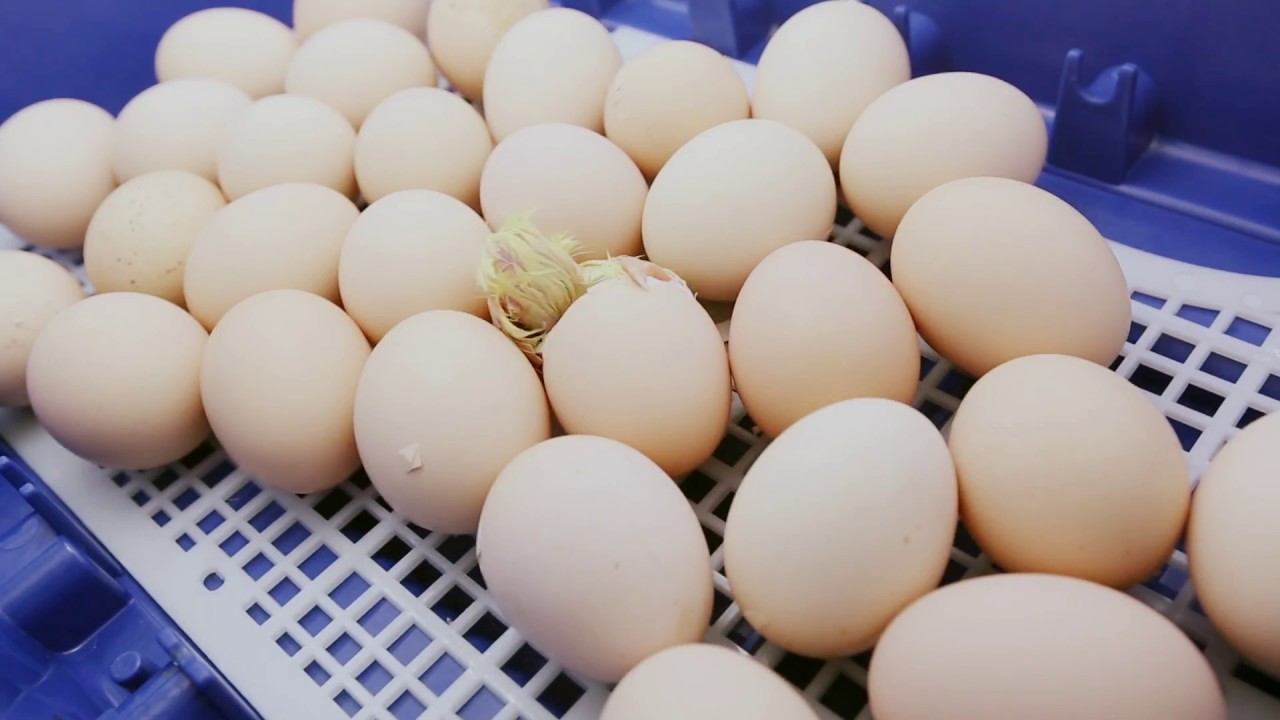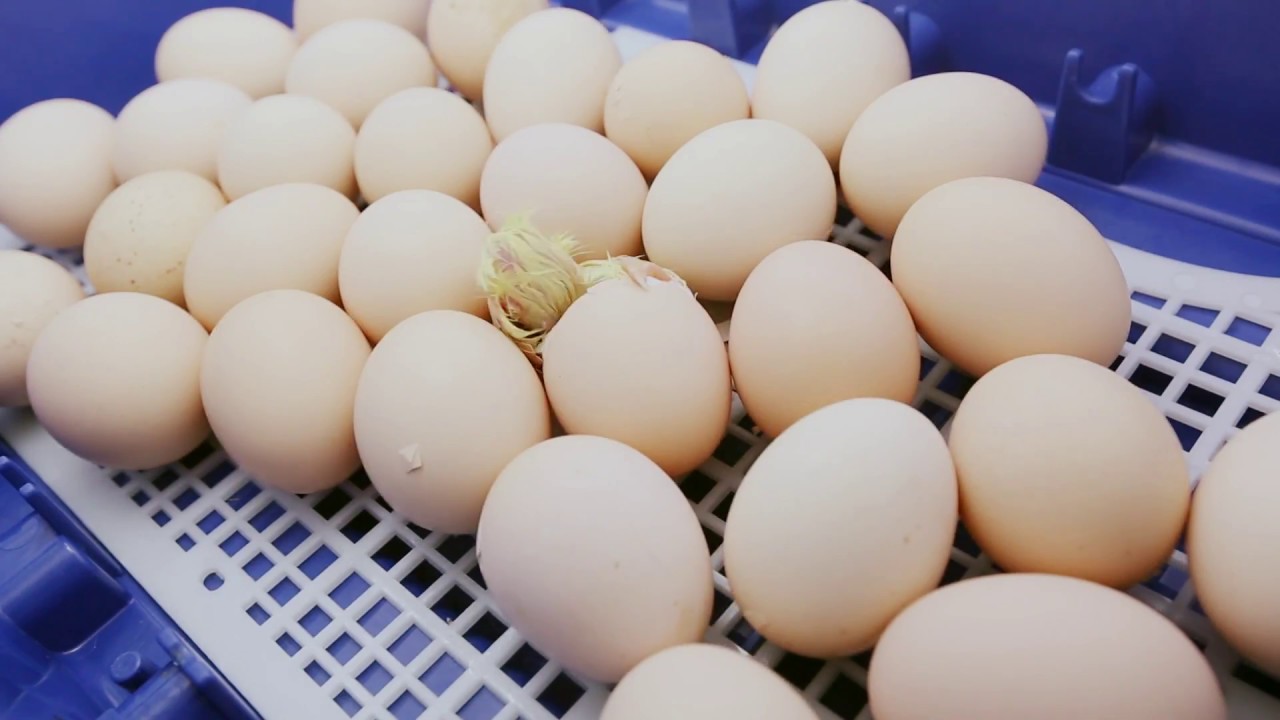Understanding how to candle dark shelled eggs is an essential skill for anyone involved in poultry farming or egg incubation. This technique allows you to monitor the development of the embryo inside the egg, ensuring that you are providing the best care possible for your future chicks. In this article, we will explore the methods and techniques used to candle eggs, with a specific focus on those with darker shells.
Candling is a process that involves shining a light through an egg to observe its contents, and it becomes particularly important for dark shelled eggs as they can be more challenging to evaluate. By mastering this skill, you can improve your hatch rates and ensure the health of your chicks.

What is Egg Candling?
Egg candling is a technique used to assess the development of an embryo within an egg. It is a crucial step in the incubation process, allowing you to monitor the progress of the embryo and identify any potential issues. By shining a bright light through the egg, you can observe the embryos growth, the size of the air cell, and the presence of any blood vessels.
Why is Candling Important?
Candling is important because it helps you determine the fertility of the eggs and the viability of the embryos. It also allows you to identify any eggs that are not developing properly, which can prevent the spread of bacteria or mold to healthy eggs. For more on maintaining healthy eggs, check out our guide on egg collection practices.
The Challenges of Candling Dark Shelled Eggs
Dark shelled eggs, such as those from Marans or Welsummers, present a unique challenge when it comes to candling. The thicker and darker shell can make it difficult to see inside the egg, requiring more powerful lighting and a keen eye to observe the details.
Choosing the Right Equipment
For candling dark shelled eggs, you will need a strong light source. Traditional candles or simple flashlights may not suffice. Consider using a high-intensity LED flashlight or a specialized egg candler designed for dark shelled eggs. These tools will provide the brightness needed to penetrate the shell. For more insights on equipment, refer to our incubator troubleshooting guide.
Preparing the Egg for Candling
Before you begin candling, ensure that the egg is clean and free from any debris. Handle the eggs gently to avoid damaging the developing embryo. It is also important to candle the eggs in a dark room to enhance visibility.
The Candling Process
Once you have your equipment ready, follow these steps to candle dark shelled eggs effectively:
Step 1: Setting Up
Find a dark room where you can control the light. This will help you see the details inside the egg more clearly. Place your light source on a stable surface.
Step 2: Candling the Egg
Hold the egg carefully between your thumb and fingers, with the pointed end facing downwards. Position the egg over the light source and observe the contents. Look for signs of embryo development, such as veins or movement.
Step 3: Analyzing the Results
Pay attention to the size of the air cell, which should increase as the embryo develops. If you notice any irregularities, such as a lack of movement or an unusually small air cell, it may indicate a problem with the embryo. For additional information on maintaining optimal conditions, visit our article on incubator humidity hacks.
Tips for Successful Candling
Here are some tips to improve your candling technique:
Tip 1: Use the Right Light
Invest in a high-quality candler or flashlight specifically designed for dark shelled eggs. A brighter light source will make it easier to see the details inside the egg.
Tip 2: Candle at the Right Time
Candle the eggs at least twice during incubation: once at 7-10 days and again at 18 days. This will give you a good overview of the embryos development.
Tip 3: Work Quickly and Gently
Avoid exposing the eggs to prolonged light or handling them roughly. Work efficiently and return the eggs to the incubator as soon as possible to maintain stable conditions.
Common Candling Mistakes to Avoid
Avoid these common mistakes to ensure a successful candling process:
Mistake 1: Using Insufficient Light
Using a weak light source can make it difficult to see inside dark shelled eggs. Ensure you have a strong enough light to penetrate the shell.
Mistake 2: Candling Too Early
Candling too early in the incubation process can lead to false conclusions about the eggs viability. Wait until day 7 to perform the first candling.
Mistake 3: Handling Eggs Roughly
Rough handling can damage the embryo or the shell. Always handle the eggs with care during the candling process.
Conclusion
Mastering how to candle dark shelled eggs is a valuable skill for any poultry enthusiast. By using the right equipment, timing, and techniques, you can ensure the health and viability of your eggs. Remember to be patient and gentle throughout the process to achieve the best results. For additional resources on egg incubation, consider visiting The Poultry Site.

FAQ
What is the best light source for candling dark shelled eggs?
A high-intensity LED flashlight or specialized egg candler designed for dark shelled eggs is recommended for the best results.
When should I candle my eggs?
Candle the eggs at least twice: once at 7-10 days and again at 18 days during the incubation process.
Can I candle eggs with a regular flashlight?
While it is possible, a regular flashlight may not be strong enough for dark shelled eggs. Using a high-intensity LED flashlight is recommended.
This article contains affiliate links. We may earn a commission at no extra cost to you.











